In the mid 1930's, the USDA Soil Conservation Service (SCS) realized the importance of hydrologic processes on agricultural fields and watersheds and determining their impact on soil erosion, floods, water resources, and the agricultural economy. In response, the SCS Hydrologic Division established experimental watersheds in Coshocton, Ohio, Hastings, Nebraska, and Riesel, Texas, and operated them until 1954 when the watersheds were transferred to the newly created Agricultural Research Service (ARS).
2013
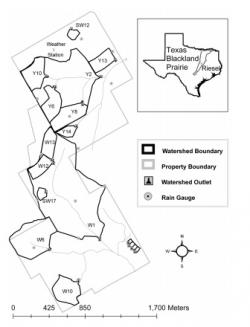
ARS Grassland, Soil and Water Research Laboratory near Riesel, Texas.
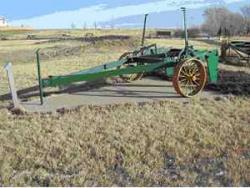
In the 1930's thousands of acres of land were rendered unproductive through wind erosion because of drought, tillage, and dust mulch farming practices. Charles S. Noble, of Nobleford, Alberta, invented a cultivator that sheared stubble and weeds below the ground surface, leaving residue on the soil to reduce evaporation and prevent erosion by strong Alberta winds. The Noble Blade Cultivator was patented in 1937. The Noble family subsequently developed a variety of straight and V-blade cultivators.
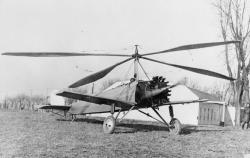
On December 18, 1928, Arthur Rawson, a factory pilot for the Cierva Autogiro Company, and then Harold F. Pitcairn, flew a Cierva C.8W Autogiro from Building #3 at Pitcairn Field #2. The flights marked the first time a rotary-wing aircraft was successfully flown in the U.S.
Prior to its merger with the Carnegie Institute of Technology in 1967 to form Carnegie Mellon University, the nonprofit Mellon Institute for Industrial Research was a major, independent research corporation dedicated to promoting applied research for industry and educating scientific researchers for the benefit of society as a whole. The Institute educated hundreds of fellows for careers in industrial research and helped to sell the very idea of research to manufacturers.
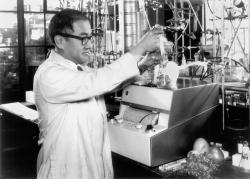
Flavor—encompassing both aroma and taste—provides the defining characteristic of how we experience food. Flavor has long been an enigma to scientists: Aristotle described two categories of taste, sweet and bitter. Today we recognize five basic tastes in food: sweetness, saltiness, sourness, bitterness and umami (savory). But what are the scientific components of flavor, and how can flavor be studied, quantified and replicated?
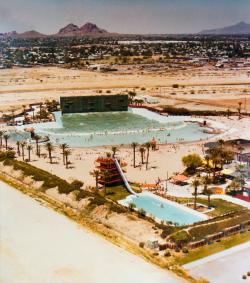
The first wave pool in North America to consistently generate 3-5 foot spilling waves suitable for surfing
Big Surf Waterpark uses 15 gates that empty water into a 2.5 acre lagoon with contours that replicate a natural beach. Waves are produced by pumping water to a pre-selected height and released through underwater gates. The water released breaks over a baffle (similar to a natural reef), forming one wave per cycle. Water is recirculated to the lagoon through pumps.
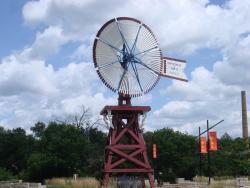
Collection of restored windmill operated waterpumps made at one of the three windmill manufacturing companies in Batavia.
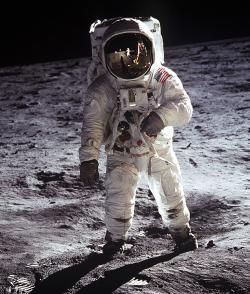
Apollo astronauts who ventured outside of the protective confines of their pressurized capsules faced a number of hazards, among them: exposure to cosmic debris, solar radiation, and surface temperatures that widely varied. The suit also needed to accommodate a wide range of motion to allow the duties of the missions to be successfully accomplished.
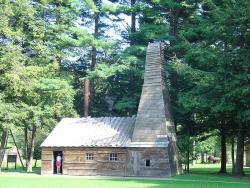
The drilling of this oil well marks the modern phase of the petroleum industry. A series of revolutionary technological changes, unforeseen even by the most prophetic, followed. Drake demonstrated practical oil recovery by applying salt-well drilling techniques, including the use of the derrick, and invented the modern method of driving iron pipe.
Innovations
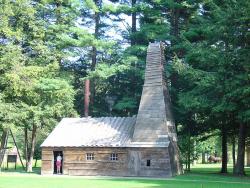
The drilling of this oil well marks the modern phase of the petroleum industry. A series of revolutionary technological changes, unforeseen even by the most prophetic, followed. Drake demonstrated practical oil recovery by applying salt-well drilling techniques, including the use of the derrick…
Read More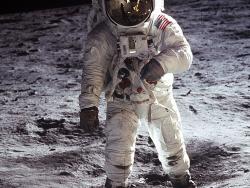
Apollo astronauts who ventured outside of the protective confines of their pressurized capsules faced a number of hazards, among them: exposure to cosmic debris, solar radiation, and surface temperatures that widely varied. The suit also needed to accommodate a wide range of motion to allow the…
Read More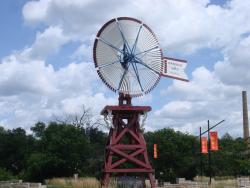
Collection of restored windmill operated waterpumps made at one of the three windmill manufacturing companies in Batavia. In late 19th century - early 20th century, Batavia became known as…
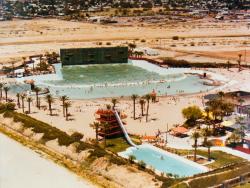
The first wave pool in North America to consistently generate 3-5 foot spilling waves suitable for surfing
Big Surf Waterpark uses 15 gates that empty water into a 2.5 acre lagoon with contours…
Read More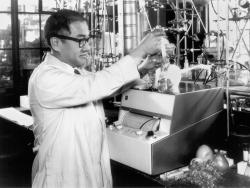
Flavor—encompassing both aroma and taste—provides the defining characteristic of how we experience food. Flavor has long been an enigma to scientists: Aristotle described two categories of taste, sweet and bitter. Today we recognize five basic tastes in food: sweetness, saltiness, sourness,…
Read MorePrior to its merger with the Carnegie Institute of Technology in 1967 to form Carnegie Mellon University, the nonprofit Mellon Institute for Industrial Research was a major, independent research corporation dedicated to promoting applied research for industry and educating scientific researchers…
Read More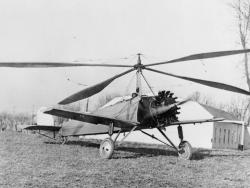
On December 18, 1928, Arthur Rawson, a factory pilot for the Cierva Autogiro Company, and then Harold F. Pitcairn, flew a Cierva C.8W Autogiro from…
Read More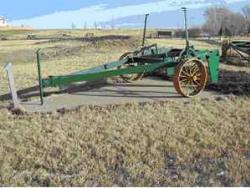
In the 1930's thousands of acres of land were rendered unproductive through wind erosion because of drought, tillage, and dust mulch farming practices. Charles S. Noble, of Nobleford, Alberta, invented a cultivator that sheared stubble and weeds below the ground surface, leaving residue on…
Read More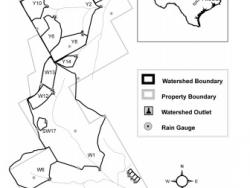
In the mid 1930's, the USDA Soil Conservation Service (SCS) realized the importance of hydrologic processes on agricultural fields and watersheds and determining their impact on soil erosion, floods, water resources, and the agricultural economy. In response, the SCS Hydrologic Division…
Read More

